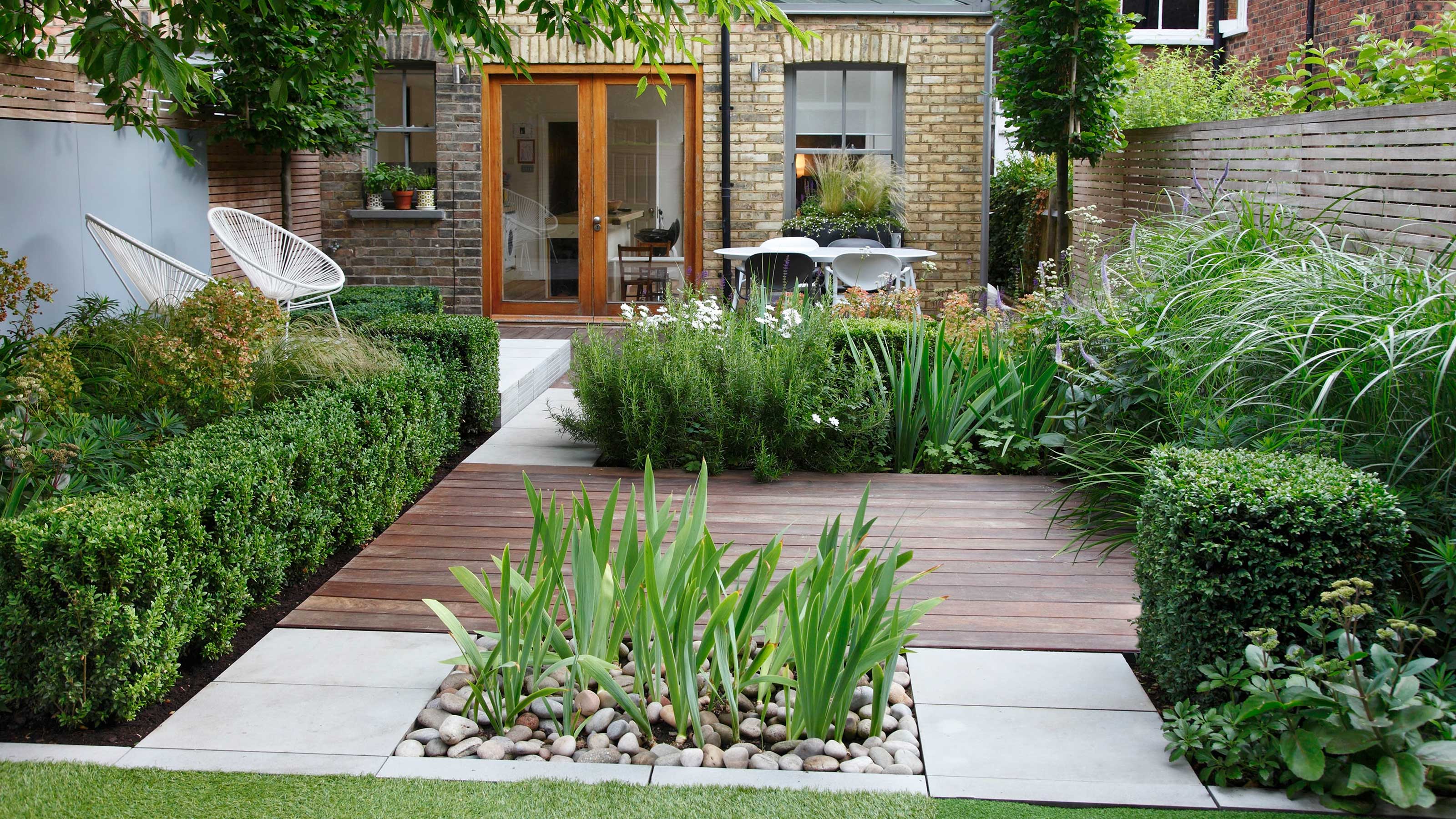How to Create a Sensory Garden for Children: Easy Steps

Imagine a garden that's not just a feast for the eyes, but a delight for all five senses. A place where children can touch, smell, taste, hear, and see nature in all its glory. Welcome to the world of sensory gardens, where outdoor education meets family fun. Are you ready to transform your backyard into a magical haven that stimulates your child's senses and sparks their imagination? Let's dive in and explore how to create a sensory garden for children with these easy steps.
Understanding Sensory Play
Sensory play is a critical part of a child's development. It helps them explore and understand the world through their senses. A sensory garden is like an outdoor classroom, offering a myriad of sensory experiences that support learning and growth. According to The Sensory Trust, sensory gardens can enhance a child's motor skills, cognitive abilities, and emotional well-being. So, how do you create this magical space? Let's find out.
Designing Your Sensory Garden
Choosing the Right Location
The first step in creating a sensory garden is finding the perfect spot. Look for a safe, accessible area in your family garden. Consider factors like sunlight, shade, and proximity to the house. Remember, this garden should be a place where children can explore freely and safely.
Planning the Garden Layout
Think of your sensory garden as a journey for the senses. Divide the space into different zones, each focusing on a specific sense. For example, you could have a fragrant flower bed for smell, a textured path for touch, and a wind chime area for sound. Sketch out your garden design, keeping in mind the flow and accessibility of each zone.
Engaging the Senses
Sight: A Feast for the Eyes
Children are naturally drawn to vibrant colors and interesting shapes. Plant a variety of flowers, shrubs, and trees that offer a rainbow of hues throughout the year. Consider plants like sunflowers, lavender, and butterfly bushes that attract wildlife, adding another layer of visual interest.
Smell: A Garden of Scents
Fragrant plants can evoke memories and stimulate the imagination. Include a mix of sweet, spicy, and citrus scents. Herbs like mint, rosemary, and basil are great for this, as are flowers like roses, jasmine, and honeysuckle. Encourage children to rub the leaves or sniff the flowers to fully experience the scents.
Touch: Textures Galore
A tactile garden is a must for sensory play. Incorporate plants with different textures, such as soft lamb's ear, prickly conifers, and smooth pebbles. Create a barefoot path with various materials like sand, grass, and bark to stimulate the soles of little feet.
Taste: Edible Delights
Growing edible plants is a fantastic way to introduce children to new tastes. Fruit trees, berry bushes, and vegetable patches are all excellent choices. Just ensure that all edible plants are clearly labeled and that children are supervised when tasting.
Sound: Nature's Symphony
Add elements that create soothing or interesting sounds. Wind chimes, bamboo rustling in the breeze, and water features can all contribute to a symphony of sounds. Encourage children to listen carefully and identify the different noises.
Incorporating Children's Activities
A sensory garden isn't just about the plants; it's about the experiences. Include activities that encourage exploration and learning. For example, a mud kitchen for imaginative play, a sandpit for digging, or a bird feeder for observing wildlife.

Maintaining Your Sensory Garden
Creating a sensory garden is just the beginning. Regular maintenance is key to keeping it vibrant and engaging. Involve your children in the upkeep. Teach them about weeding, watering, and harvesting. This not only keeps the garden looking great but also instills a sense of responsibility and pride.
Conclusion
Creating a sensory garden for children is more than just a fun project; it's an investment in their development. By engaging their senses, you're fostering curiosity, creativity, and a love for nature. So, grab your gardening gloves and let's get started. Your little ones will thank you for it!

FAQs
What are the benefits of a sensory garden for children? Sensory gardens offer numerous benefits, including enhanced motor skills, cognitive development, emotional well-being, and a deeper connection to nature.
How can I make my sensory garden safe for children? Ensure all plants are non-toxic, remove any sharp objects, and create clear boundaries. Supervision is also crucial, especially with younger children.
What are some low-maintenance plants for a sensory garden? Plants like lavender, rosemary, and succulents are low-maintenance and offer sensory benefits.
How can I involve my children in the garden design process? Ask for their input on plant choices, let them help with planting, and encourage them to create their own special areas within the garden.
Can I create a sensory garden in a small space? Absolutely! Even a small balcony or patio can be transformed into a sensory garden with the right plants and features.
0 Response to "How to Create a Sensory Garden for Children: Easy Steps"
Post a Comment